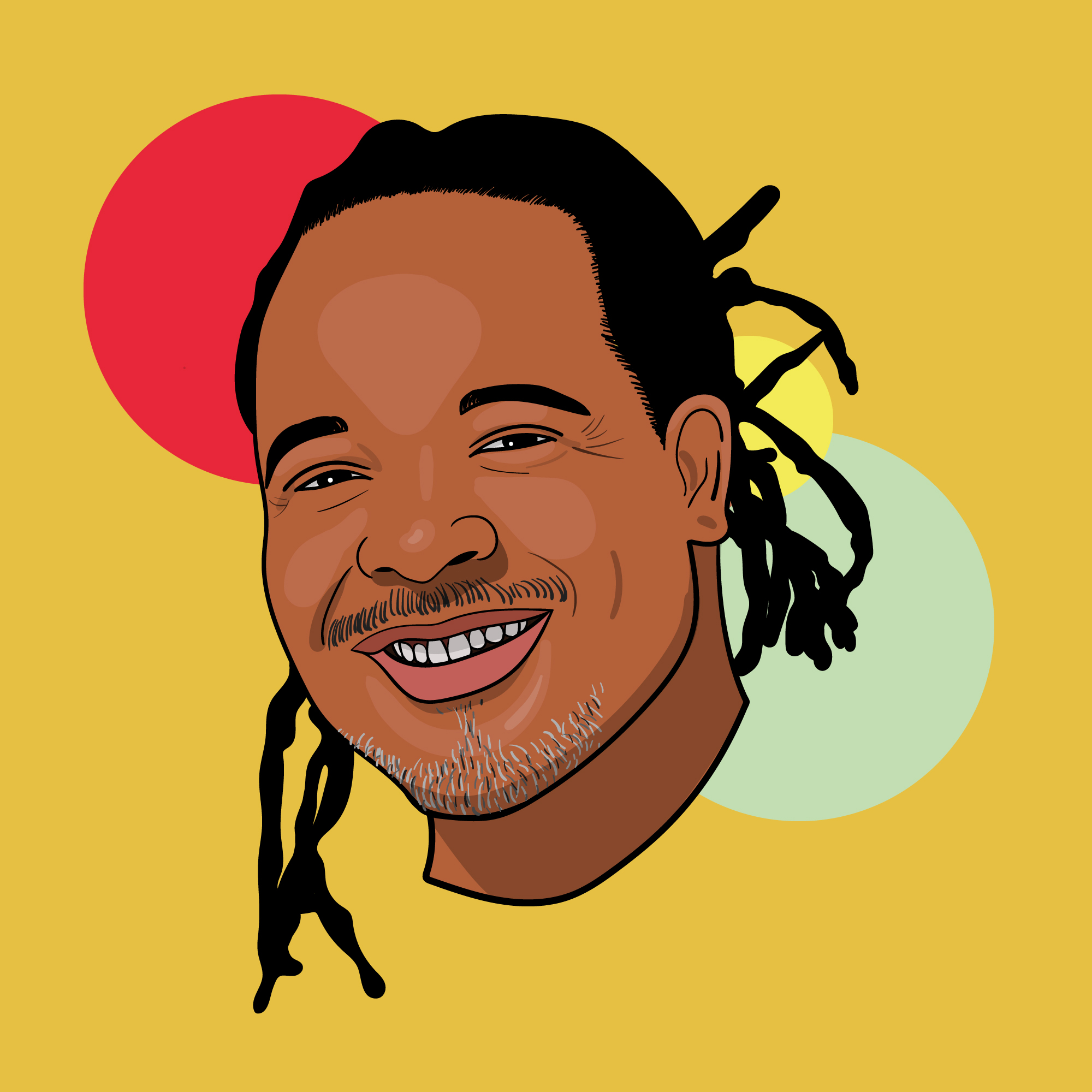Clarissa Delgado

The Philippine public education system is ill-equipped to deal with widespread student poverty and its consequences on learning outcomes. As a result, in terms of access, only 13 in 100 Filipino students who enter first grade will complete their education. In terms of quality, in the 2018 PISA results and the 2019 TIMMS results, the Philippines scored at the bottom of the countries participating in the global surveys. On a policy level, progress and solutions are hampered by the legacy of a complicated colonial past and an ever-changing political climate, hindering the fresh ideas and alignment with communities at a ground level needed to understand the system’s root problems and make long-term change sustainable.
Teach for the Philippines (Opens in a new tab) is built on the shoulders of Sa Aklat Sisikat, a Filipino reading program started in 1999. In 2012, after more than a decade of listening and working with public school communities across the country’s 7,641 islands, the co-founders of Sa Aklat Sisikat developed Teach for the Philippines to better address the broader twin problems of improving educational outcomes for 26 million Filipino children and diversifying political voices in the Philippines.
Teach for the Philippines manages three programs, two of the three deal directly with teacher formation. The organization recruits, trains, and licenses new teachers, giving them an opportunity to teach in public schools first. Then the organization also recruits and trains existing public school teachers who have between 7-20 years of experience, recognizing and building from assets and talent that already exist within the system. Teach for the Philippines’ teacher formation curriculum has been measured to improve student learning outcomes. The curriculum is successful because it starts where the communities are: addressing poverty as a critical traumatic and dehumanizing experience that hinders learning and effective teaching, thus equipping teachers to work with students and their families not only through literacy and numeracy training but also best practices in trauma awareness and emotional first-aid, psychosocial support, positive self-esteem, and improved child-adult relationships.
Finally, to bridge its work to the country’s broader system that serves 27 Million students, Teach for the Philippines offers its third program to those who complete the two-year teacher formation and leadership program: an extended one-year position directly assisting local and national government offices, thereby transforming a frontline teacher’s experience with community change into experience in policy—and enriching government decision-making with new voices and greater community alignment. Approximately 50% of Teach for the Philippines alumni have entered the public sector, and over 80% remain working towards education reform in the country.
My grandmother and my grandfather
The Fellowship has reinforced my commitment to lead and make decisions based on who I am: my values. By living into my core values every day, the grace of leading with integrity, vulnerability, and dignity is hopefully found.
Ashley Hanson - Her energy and comfort in expressing her emotions, wearing them on her sleeve, and speaking on them in every way helped me understand grief and joy [to start] in ways my truly introverted self could never have imagined. She pulled a shy and quiet little old lady out of her shell.
Keith Wattley - His comfort in sitting in discomfort, his fortitude, his wisdom and his presence. I will be 90 years old and still running to Keith to look for strength and courage.
Zarlasht Halaimzai and Koketso Moeti - They are both to me, the archetype of a powerful and fierce woman. A woman who lives her truth, makes her presence known, but also knows to make space for others. In short, they all inspire me.


















